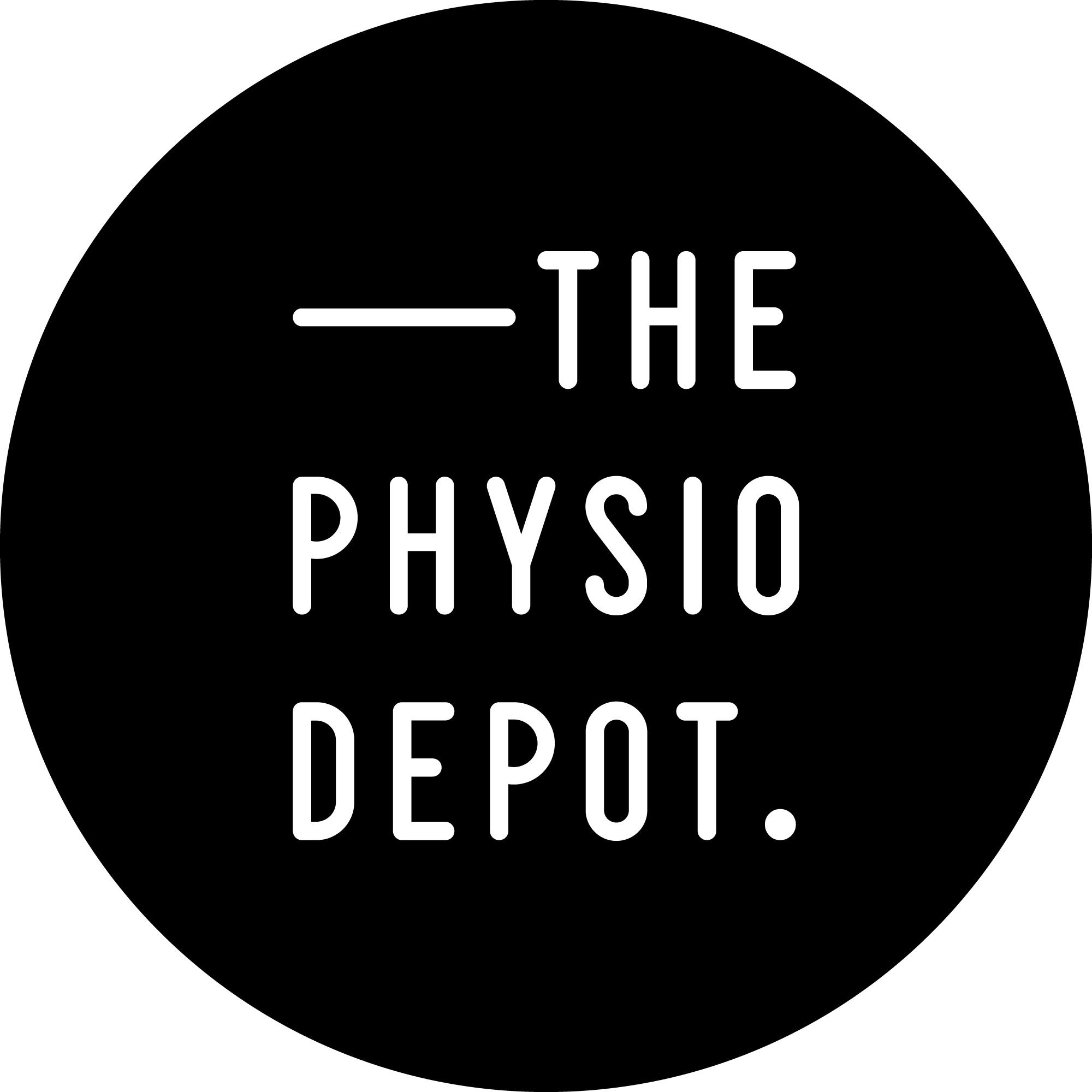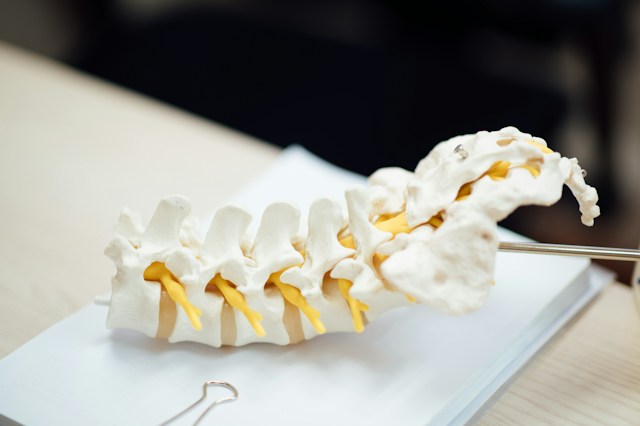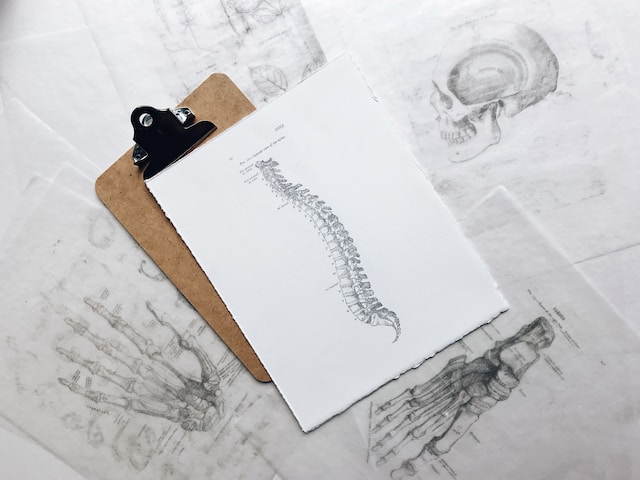
Understanding and Managing Acute Low Back Pain: Insights from The Physio Depot
As a physiotherapist with a decade of experience, I’ve encountered numerous cases of acute low back pain throughout my career. It’s a common complaint that can significantly disrupt daily life, causing discomfort and limiting mobility. However, understanding its nature, triggers, and effective management strategies can make a substantial difference in recovery.
What is Acute Low Back Pain?
Acute low back pain is often sudden in onset and can be triggered by various factors: lifting heavy objects improperly, sudden movements, poor posture, or even stress. The pain typically affects the lower back and may radiate to the buttocks or legs. While it can be distressing, the good news is that most cases are not indicative of serious underlying conditions.
Initial Assessment and Diagnosis
In my practice, a thorough assessment is pivotal. It involves understanding the patient’s medical history, the onset of pain, triggers, and conducting physical examinations to determine the extent of discomfort and identify any red flags that may warrant further investigation.
Treatment Approach
A personalised treatment plan is essential. While rest might be necessary initially, prolonged immobilisation isn’t advised. Movement is key to recovery. I often recommend gentle exercises and stretches tailored to the individual’s condition. These exercises aim to improve flexibility, strengthen core muscles, and alleviate pressure on the lower back.
Importance of Education and Lifestyle Modifications
Empowering patients with knowledge about their condition and advising on lifestyle modifications is crucial. Educating them on proper lifting techniques, ergonomics at work, and the significance of maintaining good posture can prevent future recurrences.
Integrative Therapies
Depending on the severity and individual needs, I may incorporate additional therapies such as anti-inflammatory medications, manual therapy or dry needling to complement the movement rehabilitation process.
Long-Term Prevention Strategies
Preventing reoccurrence is as important as treating the current episode. Encouraging patients to stay active, maintain a healthy weight, and engage in exercises that strengthen the back and core muscles can significantly reduce the likelihood of future episodes.
Holistic Approach to Well-being
I strongly believe in a holistic approach to health. Mental and emotional well-being play a pivotal role in pain perception and recovery. Techniques like mindfulness, stress management, and relaxation exercises often complement the physical aspect of treatment.
Conclusion
Acute low back pain can be debilitating, but with the right approach, it’s manageable. As a seasoned physiotherapist, I’ve witnessed numerous success stories where individuals have regained their mobility and quality of life through diligent rehabilitation and lifestyle changes.
Remember, each case is unique, and what works for one individual might not be suitable for another. If you’re experiencing acute low back pain, seek professional advice to develop a personalised treatment plan tailored to your needs.
Stay active, stay informed, and take care of your back—it’s the foundation of your body’s strength and mobility.
Wishing you a healthy and pain-free journey ahead.




